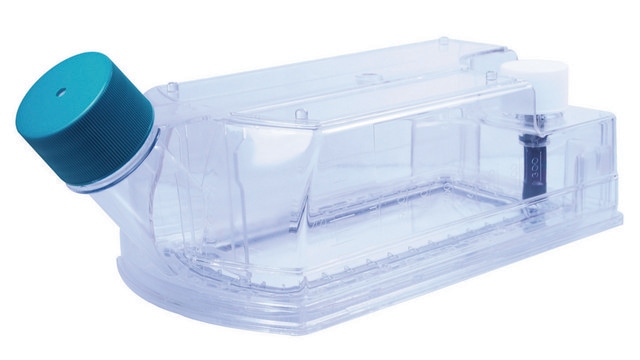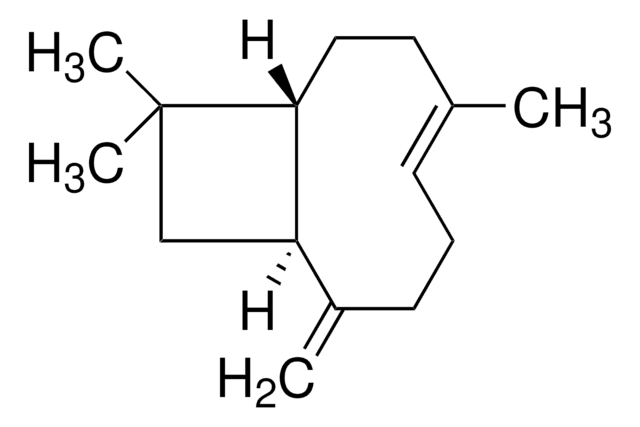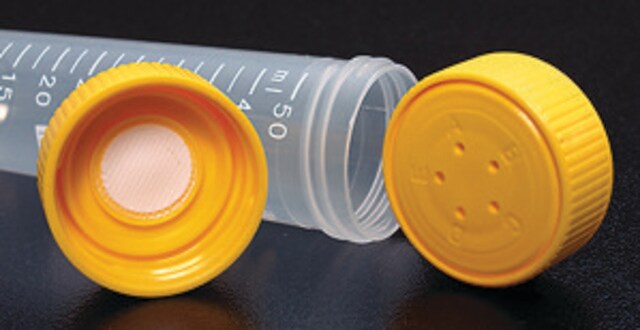Kluczowe dokumenty
Z688037
CELLine Classic bioreactor flask
CL 350 (for 350ml volumes)
Synonim(y):
Kolba CELLine, Zbiornik bioreaktora
About This Item
Polecane produkty
Materiały
polystyrene (with 100,000 D MWCO regenerated cellulose semi-permeable membrane)
opis
Equivelent to 16 T-225 standard flasks
sterylność
sterile; γ-irradiated
zastosowanie
Production of monoclonal antibodies and cellular proteins
opakowanie
case of 5
producent / nazwa handlowa
Cole Parmer 2440654
pojemność
350 mL
Szukasz podobnych produktów? Odwiedź Przewodnik dotyczący porównywania produktów
Opis ogólny
Inne uwagi
Wybierz jedną z najnowszych wersji:
Certyfikaty analizy (CoA)
It looks like we've run into a problem, but you can still download Certificates of Analysis from our Dokumenty section.
Proszę o kontakt, jeśli potrzebna jest pomoc Obsługa Klienta
Masz już ten produkt?
Dokumenty związane z niedawno zakupionymi produktami zostały zamieszczone w Bibliotece dokumentów.
Nasz zespół naukowców ma doświadczenie we wszystkich obszarach badań, w tym w naukach przyrodniczych, materiałoznawstwie, syntezie chemicznej, chromatografii, analityce i wielu innych dziedzinach.
Skontaktuj się z zespołem ds. pomocy technicznej




